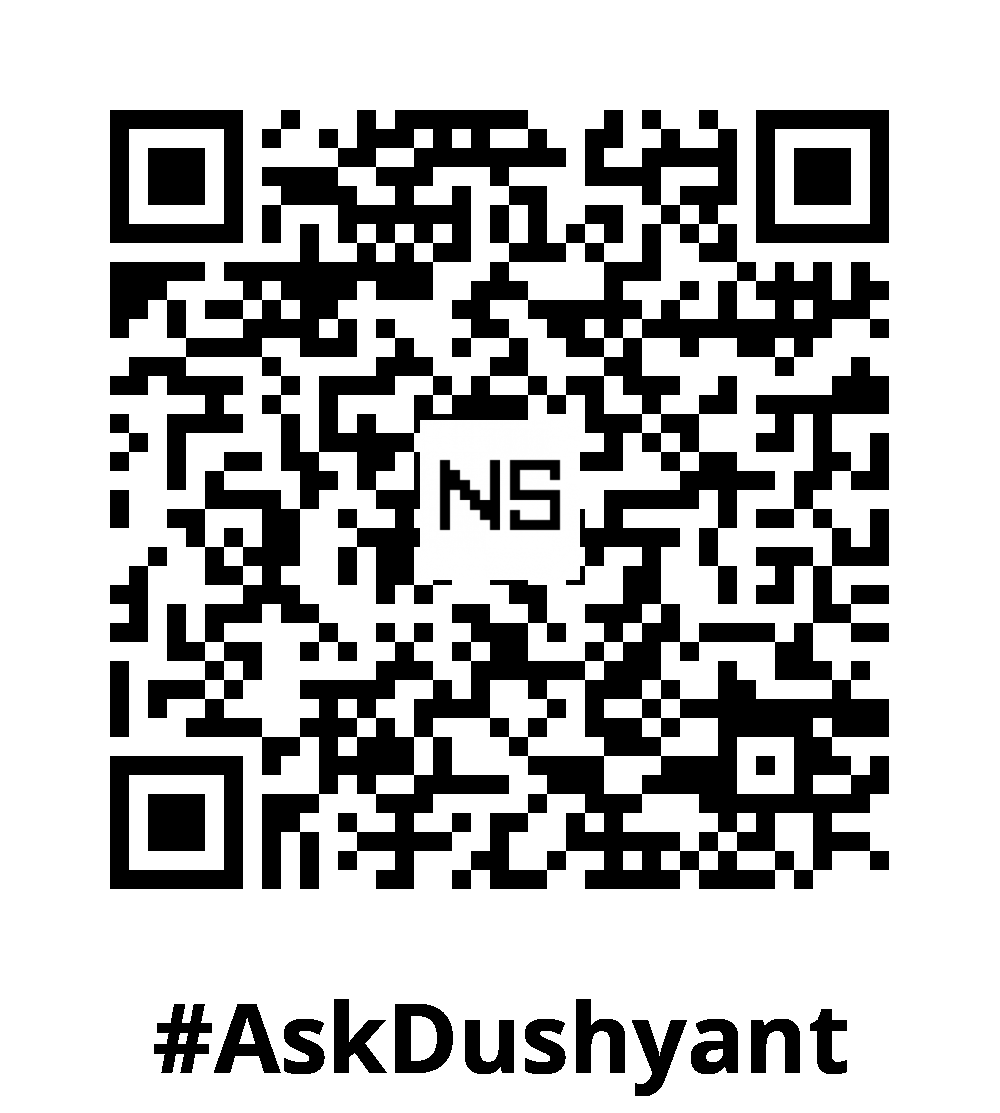Companies today are drowning in policy documents, employee handbooks, and compliance guidelines—but finding specific answers quickly remains a challenge. What if employees could simply ask questions in natural language and get accurate, instant responses from an AI trained on your exact documents?
In my 20-year tech career, I’ve been a catalyst for innovation, architecting scalable solutions that lead organizations to extraordinary achievements. My trusted advice inspires businesses to adapt AI tech and conquer the future of technology.
In this tech concept, we’ll explore three powerful approaches to transform your static documents into an AI-powered knowledge assistant, complete with pseudo code, deployment strategies, and best practices for optimal performance.
Why Train AI on Company Documents?
Before diving into implementation, let’s examine the key benefits:
- Instant, Accurate Responses – Employees get precise answers without digging through PDFs.
- Consistent Policy Interpretation – Eliminates HR bottlenecks for routine queries.
- Cost & Time Savings – Reduces repetitive support requests.
- Scalable Knowledge Base – Works for hundreds or thousands of documents.
- Secure & Controlled – Host internally to keep sensitive data private.
Now, let’s explore the best technical approaches.
Approach 1: Fine-Tuning a Pretrained Language Model
Best For:
- Companies with 100s to 1000s of documents
- Need highly customized responses
- Willing to invest in training time
Recommended Models:
- DistilGPT-2 (Lightweight, fast)
- RoBERTa (Balanced performance)
- GPT-Neo (Open-source alternative to GPT-3)
Step-by-Step Implementation
from transformers import AutoModelForCausalLM, AutoTokenizer, TrainingArguments, Trainer
# Load model & tokenizer
tokenizer = AutoTokenizer.from_pretrained("distilgpt2")
model = AutoModelForCausalLM.from_pretrained("distilgpt2")
# Preprocess documents into training format
train_dataset = load_and_preprocess_your_data() # Custom function
# Configure training
training_args = TrainingArguments(
output_dir="./results",
per_device_train_batch_size=4,
num_train_epochs=3,
save_steps=10_000,
save_total_limit=2,
)
# Train the model
trainer = Trainer(
model=model,
args=training_args,
train_dataset=train_dataset,
)
trainer.train()
trainer.save_model("./policy_assistant")When to Use This?
- You need deep domain adaptation (e.g., legal or compliance docs).
- Your documents don’t change frequently.
Approach 2: Retrieval-Augmented Generation (RAG)
Best For:
- Large, frequently updated document sets
- Need real-time accuracy without retraining
- Prefer lower computational cost
How It Works:
- Embed documents (e.g., using
all-mpnet-base-v2). - Store in a vector DB (FAISS, Pinecone, Weaviate).
- Retrieve relevant chunks when a question is asked.
- Generate answers using a lightweight LLM (e.g., Flan-T5).
Sample Workflow
from sentence_transformers import SentenceTransformer
from transformers import pipeline
# Step 1: Embed documents
embedder = SentenceTransformer("all-mpnet-base-v2")
doc_embeddings = embedder.encode(your_documents)
# Step 2: Set up retrieval (FAISS example)
import faiss
index = faiss.IndexFlatL2(doc_embeddings.shape[1])
index.add(doc_embeddings)
# Step 3: Answer questions
def answer_question(question):
query_embedding = embedder.encode([question])
_, indices = index.search(query_embedding, k=3) # Top 3 matches
context = " ".join([your_documents[i] for i in indices[0]])
generator = pipeline("text-generation", model="google/flan-t5-base")
response = generator(f"Answer based on: {context}\nQuestion: {question}")
return response[0]['generated_text']Advantages of RAG:
- No fine-tuning needed – Works with new docs instantly.
- Highly scalable – Handles millions of pages.
- Transparent sourcing – Cites exact document sections.
Approach 3: Parameter-Efficient Fine-Tuning (PEFT)
Best For:
- Limited GPU resources
- Need faster, cheaper training
- Want to preserve base model capabilities
LoRA (Low-Rank Adaptation) Example
from peft import LoraConfig, get_peft_model
# Apply LoRA to a base model
config = LoraConfig(
r=8, # Rank
lora_alpha=16,
target_modules=["q_proj", "v_proj"], # Key attention layers
lora_dropout=0.05,
bias="none",
task_type="CAUSAL_LM"
)
model = get_peft_model(model, config)
model.train()Why LoRA?
- Trains only 0.1% of parameters (vs. full fine-tuning).
- 10x faster training on consumer GPUs.
- Maintains general language understanding.
Deployment Options
Once trained, you can deploy your model in multiple ways:
| Option | Best For | Setup Complexity |
|---|---|---|
| Hugging Face Inference API | Quick prototyping | Low (managed service) |
| FastAPI Self-Hosted | Full control | Medium (Python backend) |
| Text Generation Inference (TGI) | High traffic | High (Docker/K8s) |
FastAPI Example
from fastapi import FastAPI
from transformers import pipeline
app = FastAPI()
qa_pipeline = pipeline("text-generation", model="./your-trained-model")
@app.post("/ask")
async def ask(prompt: str):
return qa_pipeline(prompt, max_length=200)Document Preparation Best Practices
Before training, optimize your data with:
- Cleaning
- Remove duplicates, headers/footers, irrelevant sections.
- Standardize formatting (e.g., bullet points vs. paragraphs).
- Chunking
- Split large docs into 512-1024 token segments.
- Preserve logical sections (e.g., “Leave Policy” as one chunk).
- Enrichment
- Add Q&A pairs (e.g., “What is the remote work policy?”).
- Include metadata (department, effective date).
Final Recommendations
| Scenario | Best Approach |
|---|---|
| Small, static docs | Fine-tune GPT-2 |
| Large, changing docs | RAG + Flan-T5 |
| Limited GPU budget | LoRA fine-tuning |
My Tech Advice: Training AI on company documents unlocks instant, accurate, and scalable knowledge access. Whether you choose fine-tuning, RAG, or PEFT, the right approach depends on your document size, update frequency, and compute resources.
- Start small – Test with a single policy document.
- Evaluate accuracy – Compare AI answers against ground truth.
- Scale up – Expand to Company policies, compliance, or technical docs.
Ready to build your own policy assistant? Try the above tech concept, or contact me for a tech advice!
#AskDushyant
Note: The names and information mentioned are based on my personal experience and publicly available data; however, they do not represent any formal statement. The example and pseudo code is for illustration only. You must modify and experiment with the concept to meet your specific needs.
#TechConcept #TechAdvice #AIFineTuning #HRTech #RAG #LoRA #CorporateAI #NLP


Leave a Reply